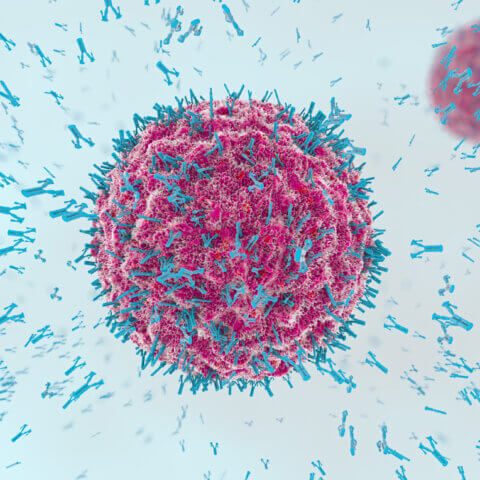Last Updated: October 8, 2024, 3 pm UTC
In times of crisis, there is often value in taking a step back and reassessing some of the traditional ways of doing things. As the clinical research community tackles the issues COVID-19 has raised for ongoing and future studies, we at Premier Research are meeting the challenge of developing alternative paradigms and new ways to solve old problems. One such opportunity that has emerged concerns the use of real-world data (RWD) and real-world evidence (RWE).
As we know, placebo-controlled trials remain the gold standard and will continue to serve as a strong pillar of how therapies are evaluated. However, it is commonly accepted that a single-arm trial utilizing a synthetic control arm (SCA) can also be an adequate design for assessing a new treatment intervention. Single-arm trials demonstrate clinical benefit by showing the positive effects of a new therapy or treatment without the need to use placebo or standard of care as a control. Instead, RWD and RWE comparisons – leveraging a variety of sources – can serve as the comparator.
On May 8, 2019, the U.S. Food & Drug Administration (FDA) published a new draft guidance for industry, entitled Submitting Documents Using Real-World Data and Real-World Evidence to FDA for Drugs and Biologics. This document, produced as a joint effort by the Center for Drug Evaluation and Research and the Center for Biologics Evaluation and Research, provides guidance about how to use RWD and RWE in regulatory submissions to the agency.
This was an important first step and an endorsement from the agency that there is a place for RWD and RWE as an external control. Many view this as a paradigm shift that sets the stage for new, more creative approaches to drug development. This is of particular interest to developers of oncology, rare disease, and emergency use products as it could pave the way for a slightly accelerated pathway to market.
It is not far-fetched to think that developers may want to insert these novel paradigms into their overall product development plans or alter their Target Product Profile approaches.
It’s worth noting that the FDA and research community have both cautioned that the use of RWD and RWE should be limited to a supplemental role in the development pathway. No one is suggesting that we replace traditional randomized clinical trials; however, we are now able to leverage RWD and RWE in ways we were not able to before. An SCA could be an effective option in cases where the available population with a particular disease is limited, or the need to demonstrate clinical effectiveness is urgent. In these instances, leaning on elements of RWD and RWE will fill certain gaps of the research cycle.
As with any novel approach, we will continue to monitor case studies and outcomes of studies that are implementing such strategies and reliance on RWD and RWE to validate the approach further. While it will take time before a clear verdict, it is promising that key players like the FDA are on board and willing to accept such clinical trial designs in support of a submission. If you are interested in exploring these opportunities in your trial, contact us and schedule a consultation with our team of study design experts.

 Webinar
Webinar 


 Perspectives Blog
Perspectives Blog 